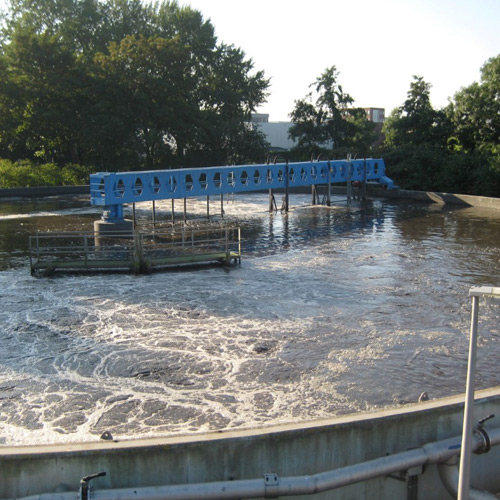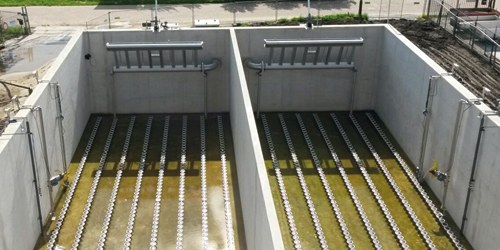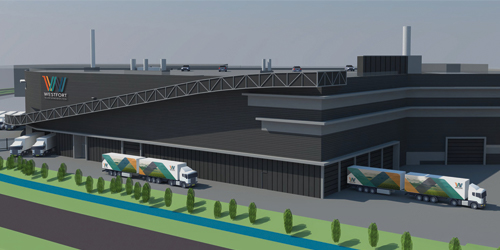The most familiar technology applied for treatment of waste water is biological treatment.
Organic components and inorganic nutrients in the water will be converted and broken down in a biological way. The biological purification will nearly always be combined with sedimentation or another physical separation. This additional separation step is needed in order to be able to separate the activated biomass from the purified wastewater.
Biological purification is often applied for the treatment of municipal wastewater and industrial wastewater, and it offers the following advantages:
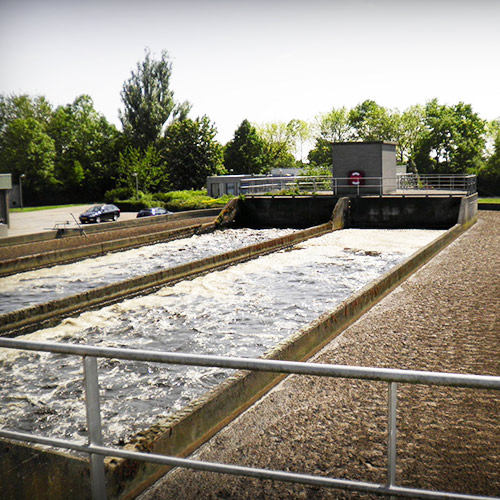
Operation
With biological purification, organic components and inorganic nutrients present in the wastewater will be converted by activated sludge consisting of bacteria. The activated sludge bacteria live in suspension in the water and use the wastewater substances as food for the metabolism and growth process.
In the biological purification process, multiple process zones will often be used. This allows specific living conditions for the activated sludge bacteria to be realized. In this way, aerobic, anoxic and anaerobic conditions can be created. Inorganic nutrients such as nitrogen and phosphorous can also be converted and removed biologically this way.
Depending on the biological functions needed, the application and the purification yield to be achieved, the biological purification can be done in different ways. Common forms are:
- the stirred-tank reactor (STR)
- the STR with recirculation
- the plug flow reactor with recirculation (PFR-R)
- oxidation ditches
- oxidation beds and biofilm reactors
- sludge on carrier systems
- the up-flow anaerobic sludge blanket reactor (UASB)
- the sequencing batch reactor (SBR)
For designing a biological purification, next to knowledge about the biological break-down processes, knowledge of reactor technology is also needed. Use is often made of modelling software in combination with knowledge obtained from practice.
Experience of RWB
RWB has experience with the realization and application of traditional activated sludge systems. In addition, together with our partner, MTI Engineering, extensive knowledge has been gained concerning anaerobic wastewater treatment and fermenting.
Both for industrial and for municipal applications, RWB can advise you about the optimal design for your biological purification process. The possibility of any effluent polishing step for water reuse can also be determined.
RWB can do pilot research in order to select the most ideal technology and to determine the optimal operating parameters.
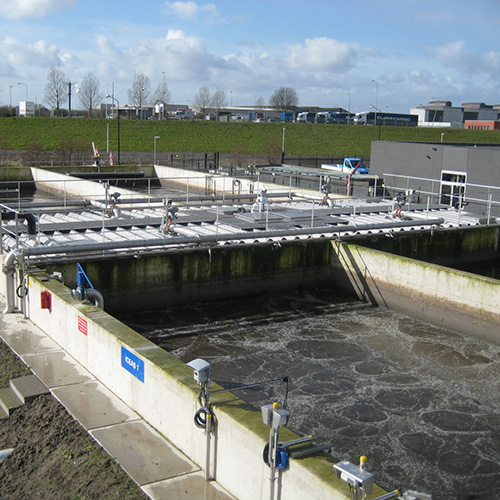
Realized projects
More information about biological treatment?
Feel free to contact us via the number below or use the contact form.



